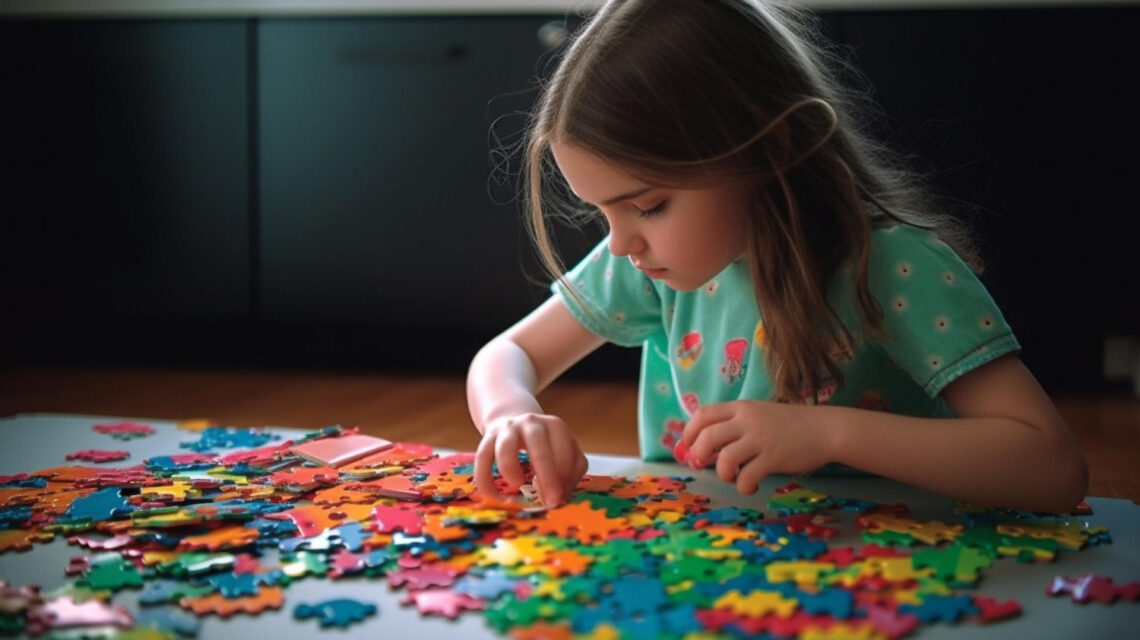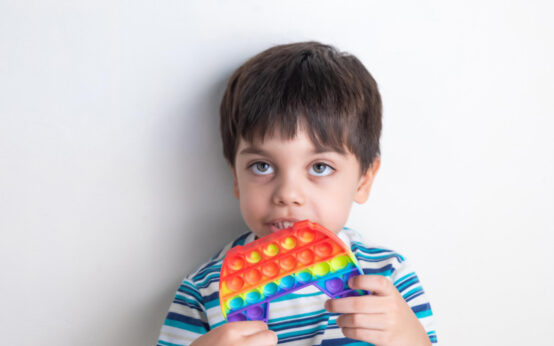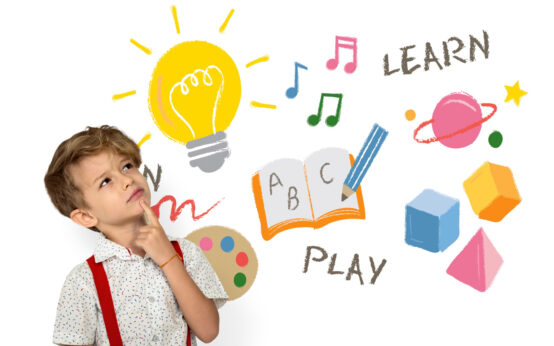Introduction
The rich spectrum of autism defies confinement to a single color. Each child with autism possesses a unique identity, and their color preferences are diverse, mirroring the individuality of their experiences. Let’s explore various colors and symbols for autism awareness, delving into their significance and embracing the diversity within this spectrum.
Light Blue: Embracing Serenity and Acceptance
The color blue has become synonymous with autism awareness through the “Light It Up Blue” campaign by Autism Speaks. Every April 2nd, World Autism Awareness Day, people globally don blue attire, incorporate blue frames into their social media profiles. They use the hashtag #LightItUpBlue to promote awareness. Blue, in this context, represents serenity, understanding, and acceptance—qualities that resonate with the experiences of children with autism.
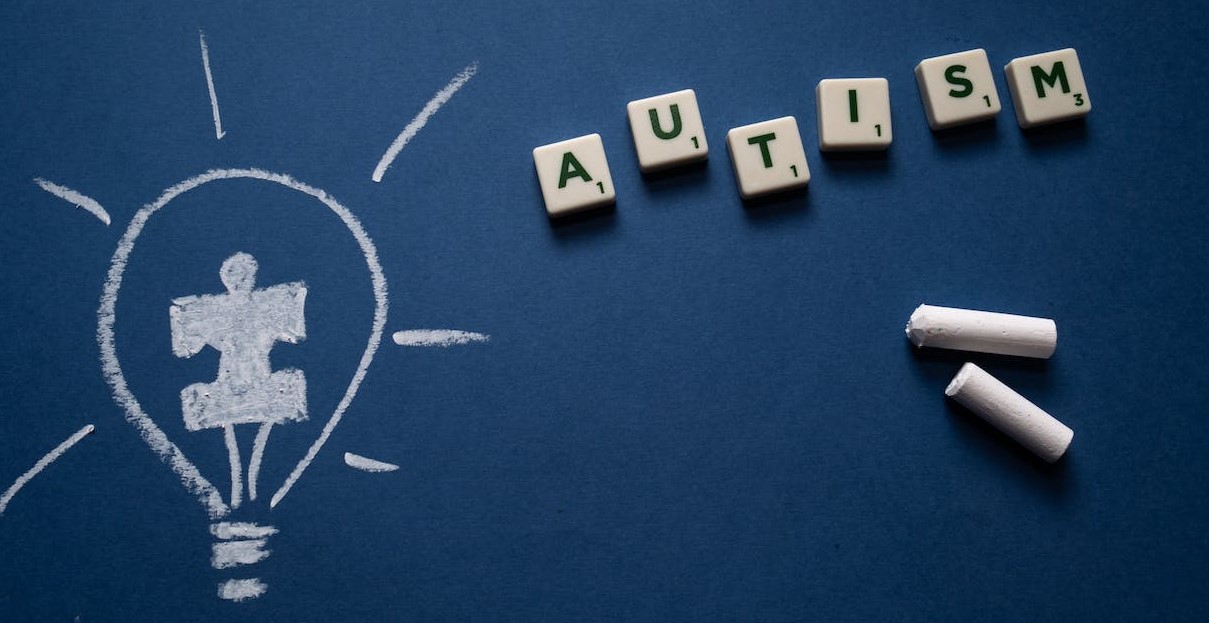
Rainbow: Celebrating Diversity and Symbolism
The rainbow represents the diversity within the autism spectrum, symbolizing the varied symptoms, abilities, and obstacles faced by individuals with autism. Often accompanied by symbols like the puzzle piece, infinity symbol, or ribbon, the rainbow serves as a visual reminder of the complexity and beauty of autism.
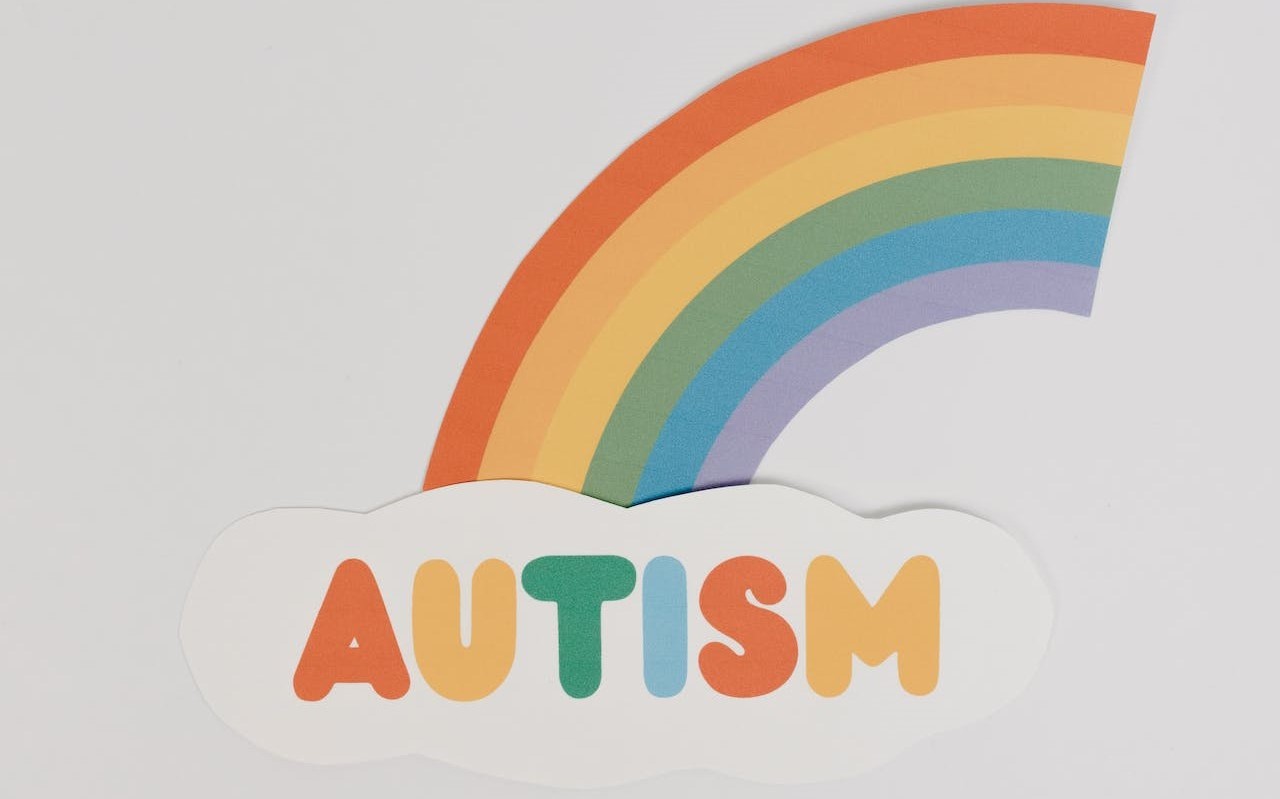
Autism can be likened to a rainbow, encompassing both bright and darker facets. Yet, within its diverse spectrum, every shade is not only significant but also inherently beautiful.
Rosie Tennant Doran
Gold: Striving for Acceptance
Beyond awareness, individuals with autism seek inclusivity and acceptance in society. Gold, a symbol of value, represents the aspiration for acceptance. To truly support those with autism, society must overcome stigmas and foster an inclusive environment in schools, workplaces, and social spaces.

Autism Symbols: Expressing Complexity and Growth
Puzzle Piece: Originally designed in 1963, the puzzle piece was a symbol of the puzzling nature of autism. While variations exist, the solid blue or rainbow-colored puzzle pieces now represent hope, diversity, and the enigmatic nature of autism.
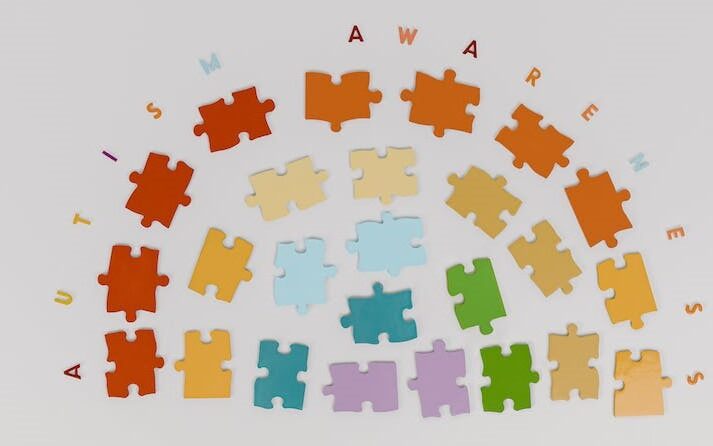
Butterfly: As an alternative to the puzzle piece, the butterfly symbolizes diversity and development. The metamorphosis of a butterfly reflects the ongoing growth and learning experienced by individuals with autism.
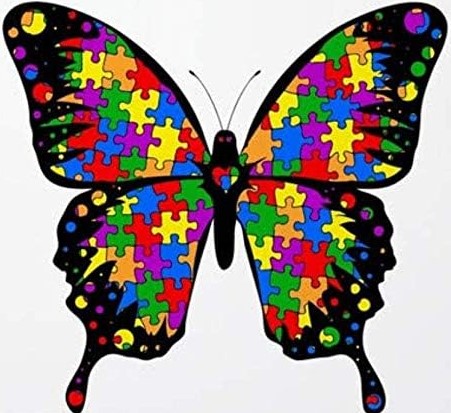
Infinity Symbol: Created in the 1990s by Judy Singer, the rainbow infinity symbol promotes inclusivity. It emphasizes acceptance for everyone on the autism spectrum within social circles.

ALS Association: A Parallel Pursuit of Awareness
While not directly related to autism, the A.L.S. Association’s initiatives in research, public policy, and patient care serve as an example of impactful advocacy. Their efforts in raising awareness about amyotrophic lateral sclerosis highlight the importance of dedicated awareness months, community events, and advocacy work.
Conclusion
To shine a spotlight on autism spectrum disorder, wearing autism colors and symbols for autism awareness on World Autism Day is a meaningful starting point. These symbols not only reflect the diversity of experiences within the autism community but also contribute to fostering inclusion and integration in social circles. Embracing the unique colors and symbols associated with autism helps build a more understanding and accepting society for individuals on the spectrum.
Source
- Autism Speaks. “Light It Up Blue.” Retrieved from https://www.autismspeaks.org/world-autism-awareness-day.
- Doran, Rosie Tennant. Personal communication, January 25, 2024.
- Autism Society. “History of the Puzzle Piece.” Retrieved from https://www.autism-society.org/history-puzzle-piece/.
- ALS Association. “About ALS.” Retrieved from https://www.als.org/what-als.
- Singer, Judy. “Why Can’t You Be Normal for Once in Your Life?” Jessica Kingsley Publishers, 1999.
